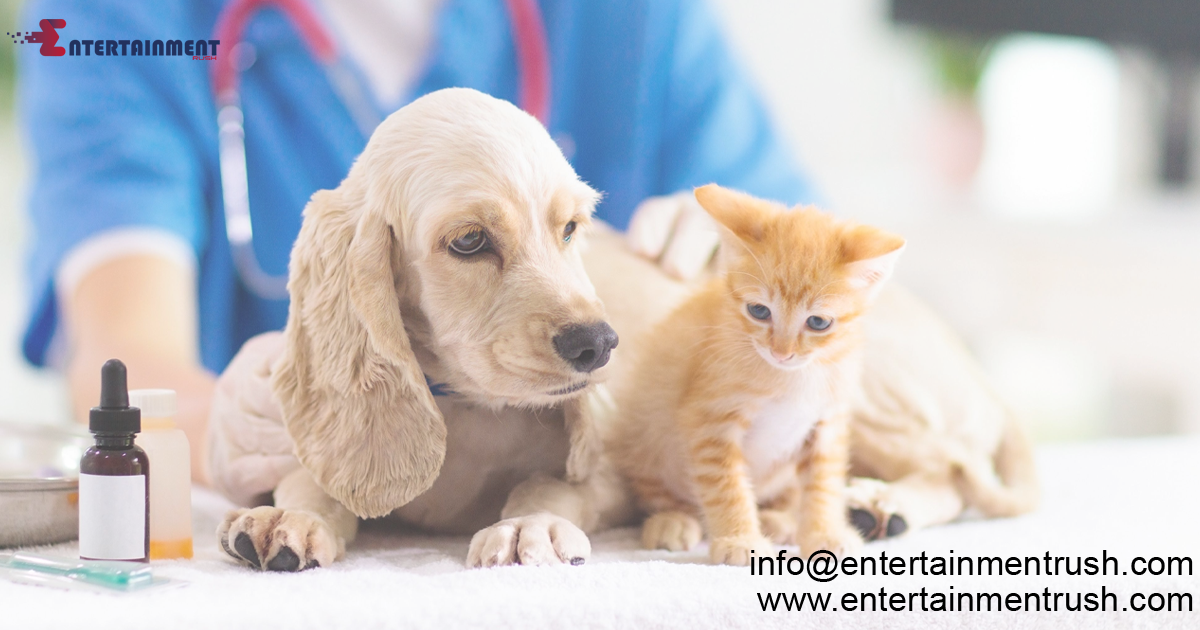When considering antibiotic-resistant bacteria, one might typically envision hospitals or healthcare facilities as breeding grounds for these troubling organisms. However, a recent study has uncovered an unexpected source of concern: the cozy confines of your living room, right alongside your cherished pet. Antibiotics have undeniably been a game-changer in modern healthcare, effectively saving countless lives from perilous infections. Yet, lurking beneath the surface of this medical triumph is the ominous threat of antibiotic resistance. This phenomenon occurs when bacteria develop ingenious mechanisms to withstand the very drugs meant to eradicate them, giving rise to what scientists call “superbugs.” These resilient microbes pose a substantial challenge as they become increasingly impervious to existing medications, a trend that is alarmingly on the rise. Presented at the ESCMID Global Congress by researchers from Portugal and the UK, a groundbreaking study has unveiled unsettling possibilities. It suggests that our beloved pets may unwittingly be contributing to the proliferation of antibiotic-resistant bacteria. This revelation adds a new layer of complexity to the already pressing issue of antibiotic resistance. The World Health Organization underscores the gravity of this global threat, projecting that without substantial intervention, drug-resistant infections could claim up to a staggering 10 million lives annually by the year 2050.
Pets, Bacteria, and the Rise of Superbugs
The study delved into a group of bacteria known as Enterobacterales, which includes familiar names such as E. coli and Klebsiella pneumoniae. While these bacteria are often benign, they have the potential to incite a range of infections. Researchers focused their attention on strains of Enterobacterales resistant to two critical types of antibiotics.
Third-generation cephalosporins:
These versatile antibiotics are crucial for combating severe infections like meningitis, pneumonia, and sepsis. Resistance to these drugs poses a significant threat to effective treatment.
Carbapenems:
Considered the “last resort” antibiotics, carbapenems are reserved for highly resistant infections. Resistance severely limits treatment options, leading to potentially dire outcomes for patients. The study’s most alarming revelation was the discovery of antibiotic-resistant forms of Enterobacterales in both sick pets and their seemingly healthy owners. This unsettling finding suggests that even pets in apparent good health may harbor and transmit bacteria resistant to treatment.
Stats From the Study
Portugal:
55.8% of pets and 35.9% of owners carried bacteria resistant to third-generation cephalosporins.
One dog carried E. coli resistant to carbapenem antibiotics.
Five households showed clear evidence of bacteria transmission between pets and owners.
UK:
36.4% of pets and 12.5% of owners carried bacteria resistant to third-generation cephalosporins.
One dog exhibited E. coli with resistance to carbapenems and several other antibiotics.
Two households demonstrated matching resistant bacteria in both pets and owners.
Should Pet Owners Be Concerned?
While the study’s findings are undoubtedly disconcerting, it is crucial to maintain a level-headed approach. Lead researcher Juliana Menezes underscores the importance of including pet-owning households in national programs that monitor levels of antibiotic resistance. Further research is imperative to fully comprehend the scope of this issue. Nonetheless, this study serves as a clarion call to take this matter seriously and implement necessary precautions.
How Do Bacteria Spread from Pets to Humans?
Our day-to-day interactions with our furry companions offer numerous avenues for bacteria transmission:
Close Contact:
Petting, cuddling, and even a gentle kiss can transfer bacteria from your pet’s fur or saliva to your skin.
Handling Waste:
Cleaning up after your pet exposes you to their waste, which can harbor bacteria.
Shared Surfaces:
If your pet frequents furniture or shares your bed, any bacteria they carry can easily transfer to these surfaces. It’s paramount to remember that even pets seemingly in good health can carry bacteria, some of which may be resistant to antibiotics. Although the risk of falling ill from your pet is generally low, practicing good hygiene can significantly mitigate the chances of transmission.
Tips to Protect Yourself and Your Pet
Practice Good Hygiene:
Thoroughly wash your hands with soap and water after interacting with your pet or tending to their living area.
Regularly disinfect surfaces such as food bowls, toys, and sleeping areas.
Consider Isolation When Your Pet Is Ill:
If your pet displays signs of illness, confining them to a designated area within your home can prevent the spread of bacteria. Ensure thorough cleaning and disinfection of areas where your sick pet has been, paying particular attention to any accidents.
Consult Your Veterinarian:
If you harbor concerns regarding antibiotic resistance or your pet’s well-being, do not hesitate to discuss them with your vet. Responsible antibiotic use, guided by your veterinarian’s recommendations, is pivotal in safeguarding your pet’s health. By adhering to these straightforward practices, you can significantly diminish the risk of transmitting antibiotic-resistant bacteria while fostering a loving and healthful bond with your furry companion.
Fighting Antibiotic Resistance Together
Juliana Menezes emphasizes the pivotal role of understanding and addressing the transmission of antibiotic-resistant bacteria from pets to humans. This fight necessitates a ‘One Health’ approach, recognizing the interconnectedness of human, animal, and environmental health. Through prudent precautions, responsible pet ownership, and heightened hygiene practices, we can shield ourselves, our pets, and our communities from the perils of antibiotic resistance. Together, we can forge a world where both humans and our cherished animal companions thrive in robust health and well-being.




Leave feedback about this